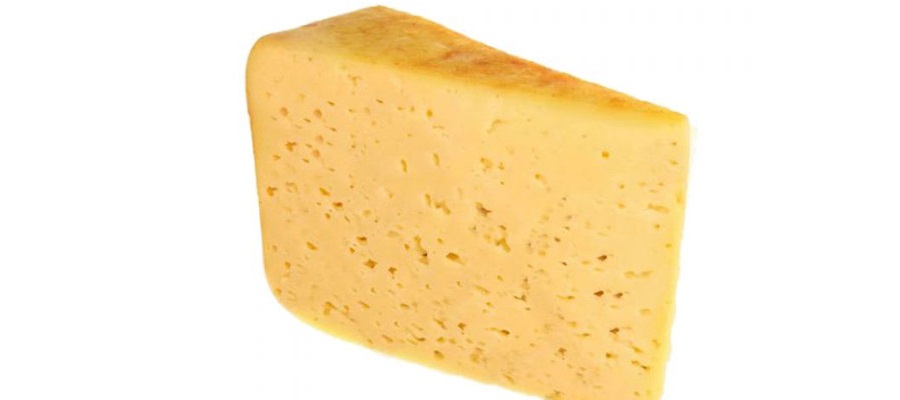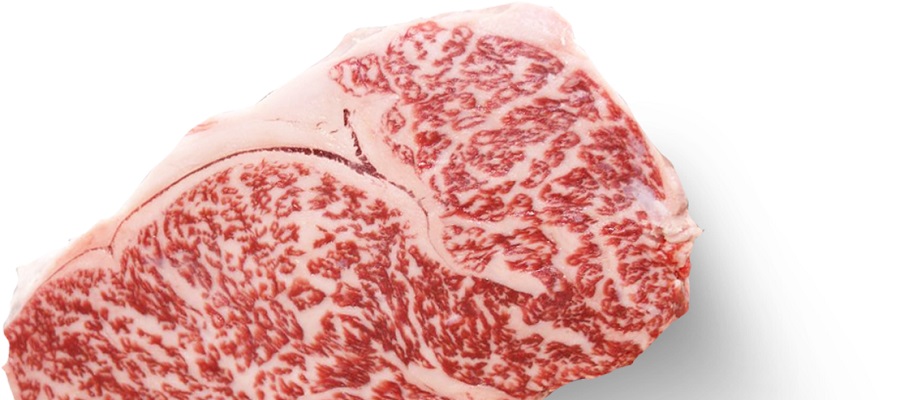Roquefort is a type of blue cheese that is made from sheep's milk and aged in the natural caves of Roquefort-sur-Soulzon, a commune in the Aveyron department in southern France. It is one of the oldest known types of blue cheese, with a history dating back to at least the 8th century. Roquefort is protected by a European Union Protected Designation of Origin (PDO), which means that it can only be called Roquefort if it is produced in a specific region of France using traditional methods.
Roquefort has a distinctive blue-green veining and a creamy, slightly crumbly texture. It has a sharp, tangy flavor with a slightly sweet and nutty taste. It is typically aged for at least three months, although some varieties can be aged for up to a year.
Roquefort is commonly used as a condiment or topping for salads, sandwiches, and pasta dishes. It is also used as an ingredient in a variety of dishes, such as omelettes and quiches.
It is important to note that Roquefort is made from sheep's milk, so it is not suitable for individuals who are allergic to or intolerant of dairy products or sheep's milk.
How it is manufactured
Roquefort cheese is made from the milk of Lacaune sheep, which are raised in the region of Roquefort-sur-Soulzon in southern France. The milk is collected from the sheep and then left to stand for 24 hours to allow the cream to rise to the top. The cream is then skimmed off and mixed with the remaining milk to create a mixture known as "curd."
The curd is then placed in molds and left to drain for several days. During this time, the cheese is injected with a mixture of Penicillium roqueforti spores and bread mold. This mixture helps to give Roquefort its distinctive blue-green veining and pungent flavor.
After the cheese has drained, it is removed from the molds and placed in a cool, humid cave to age for at least three months. The caves of Roquefort-sur-Soulzon have naturally occurring molds and bacteria, which contribute to the flavor and texture of the cheese.
After aging, the cheese is wrapped in foil and sold. Roquefort cheese is a protected product, so it can only be called Roquefort if it is produced in the region of Roquefort-sur-Soulzon using traditional methods.
The most popular dishes
Roquefort cheese is a popular ingredient in a variety of dishes, both sweet and savory. Here are a few popular dishes that feature Roquefort cheese:
-
Salad Lyonnaise: This classic French salad consists of frisée lettuce, bacon, poached eggs, and crumbled Roquefort cheese.
-
Roquefort Pasta: Roquefort cheese is often used in pasta dishes, either as a topping or mixed into the sauce.
-
Roquefort and Pear Tart: This sweet and savory tart combines Roquefort cheese with sliced pears and a pastry crust.
-
Roquefort Omelette: Roquefort cheese is a common ingredient in omelettes, either as a filling or mixed into the egg mixture.
-
Roquefort and Walnut Salad: This simple salad combines mixed greens, crumbled Roquefort cheese, and toasted walnuts.
-
Roquefort Crostini: Roquefort cheese can be spread onto crostini and served as a simple appetizer.
-
Roquefort and Chicken Salad: This salad combines diced chicken, crumbled Roquefort cheese, and mixed greens.
Roquefort cheese is a versatile ingredient that can be used in a variety of dishes. It pairs well with a variety of fruits, nuts, and meats, making it a popular choice for chefs and home cooks alike.
The most famous producing country
Roquefort cheese is a type of blue cheese that is traditionally made in the commune of Roquefort-sur-Soulzon in the Aveyron department of southern France. It is one of the oldest known types of blue cheese and has a history dating back to at least the 8th century.
Roquefort cheese is protected by a European Union Protected Designation of Origin (PDO), which means that it can only be called Roquefort if it is produced in the region of Roquefort-sur-Soulzon using traditional methods. The cheese must be made from the milk of Lacaune sheep and aged in the natural caves of Roquefort-sur-Soulzon.
France is therefore the most famous producing country for Roquefort cheese. It is an important part of the country's culinary heritage and is enjoyed around the world for its unique flavor and texture.


